Photographing the northern lights with the Sony A7R V
How well can the Sony A7R V perform in cold and low-light Arctic conditions? I put it to the test.
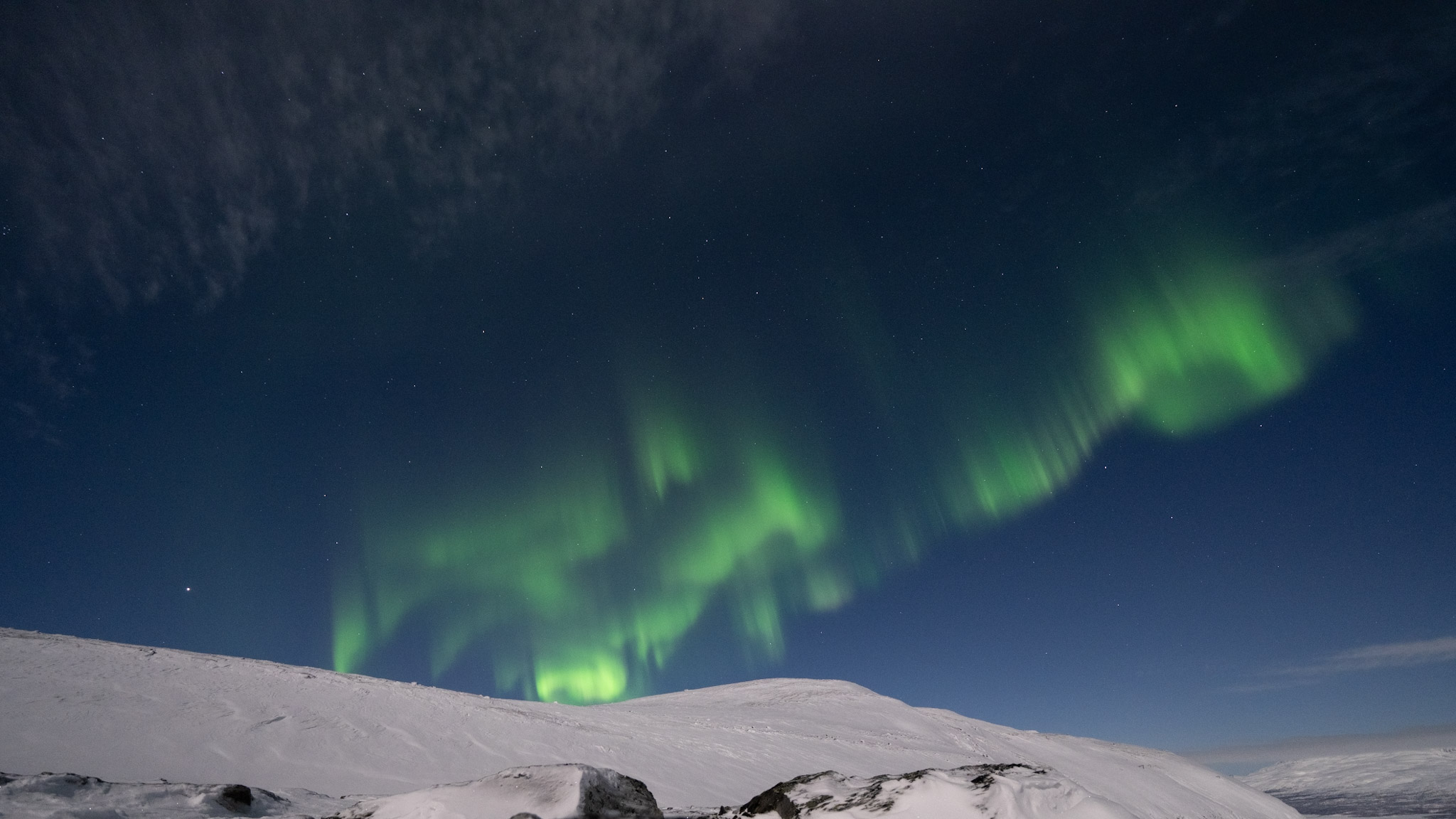
Armed with my Sony A7R V camera and the FE 12-24mm f/4 G lens, I set off in search of the northern lights in Abisko National Park.
Located in the heart of Swedish Lapland, 121 miles (195 kilometers) within the Arctic Circle, Abisko National Park is the perfect place to photograph the northern lights. All you need are the right conditions, a lot of patience and of course a little bit of luck.
Before I left I had never photographed the northern lights on anything other than a smartphone and I wasn't sure how both myself and the camera would handle the extreme conditions, with temperatures regularly dropping to around 5 degrees Fahrenheit (-15 degrees Celsius). Suffice it to say I was pleasantly surprised and the photos speak for themselves.
System: Mirrorless
Sensor: Full-frame
ISO range: ISO 100 - 32,000 (expanded 50 - 102,400)
Burst shooting: 10FPS
AF: 693 phase-detect autofocus points
Video: 8K/25p video recording
Storage: Dual UHS-II SD/CFexpress Type A slots
Screen: Fully articulating 3.2-inch touchscreen
Dimensions: 5.16 x 3.82 x 3.23-inch / 131 x 97 x 82 mm
Weight: 1.59 lbs / 723 g including battery
Before heading out for a night of skywatching, I had pre-programmed the camera settings I thought would suit northern light photography. I chose an aperture of f/4 (the widest setting on my lens), 4-second shutter speed to let in more light to the image sensor and ISO 1600 to increase sensitivity without introducing too much image noise.
This proved to be more than adequate. I played a little bit around with the exposure time, sometimes going up to 6 seconds, but I generally preferred the exposure time of 4 seconds for the more dynamic aurora shows. It was easy to control the shutter speed, aperture and ISO during manual shooting mode due to the three dials on the body making them very accessible even for cold fumbling hands!
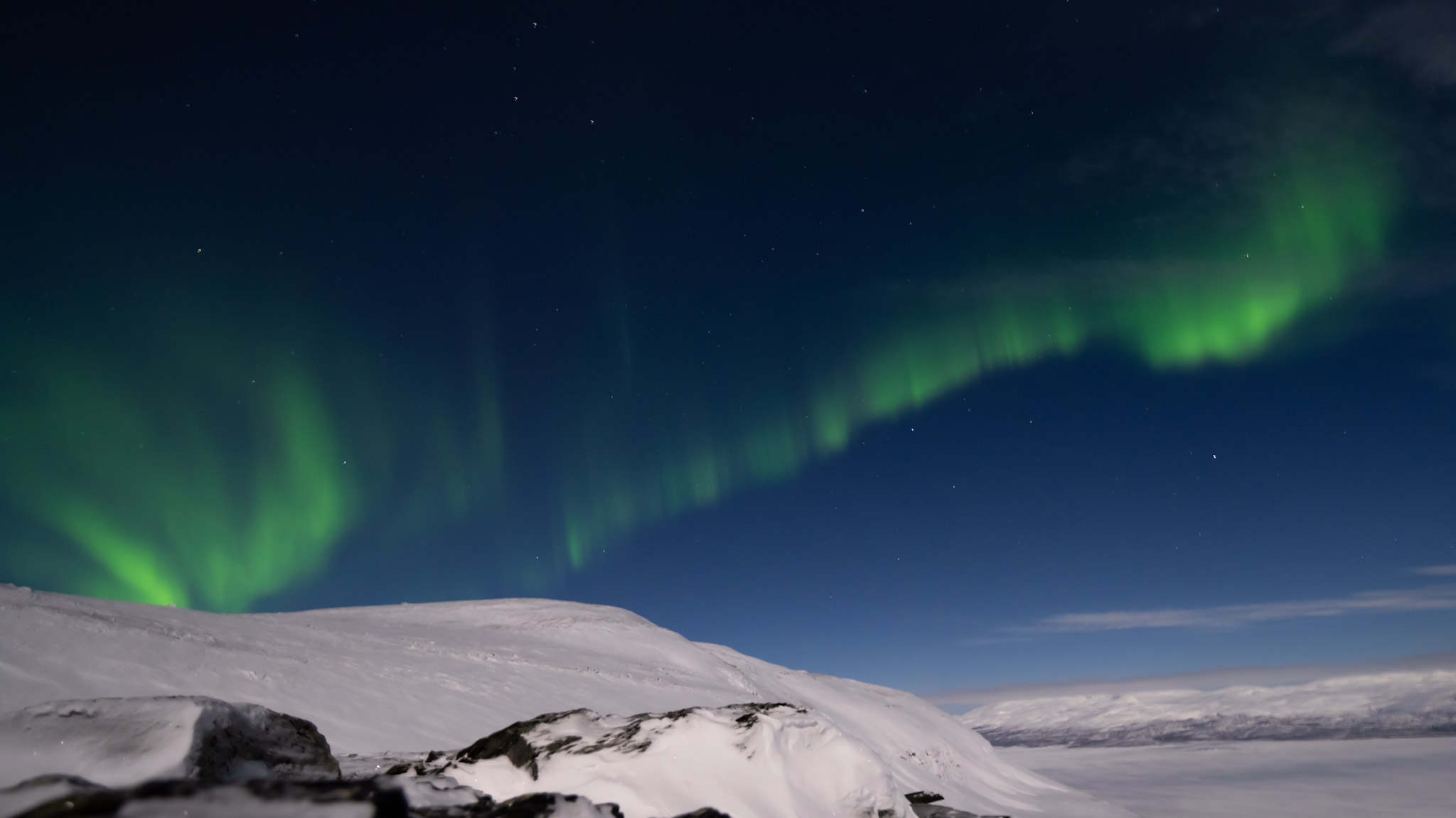

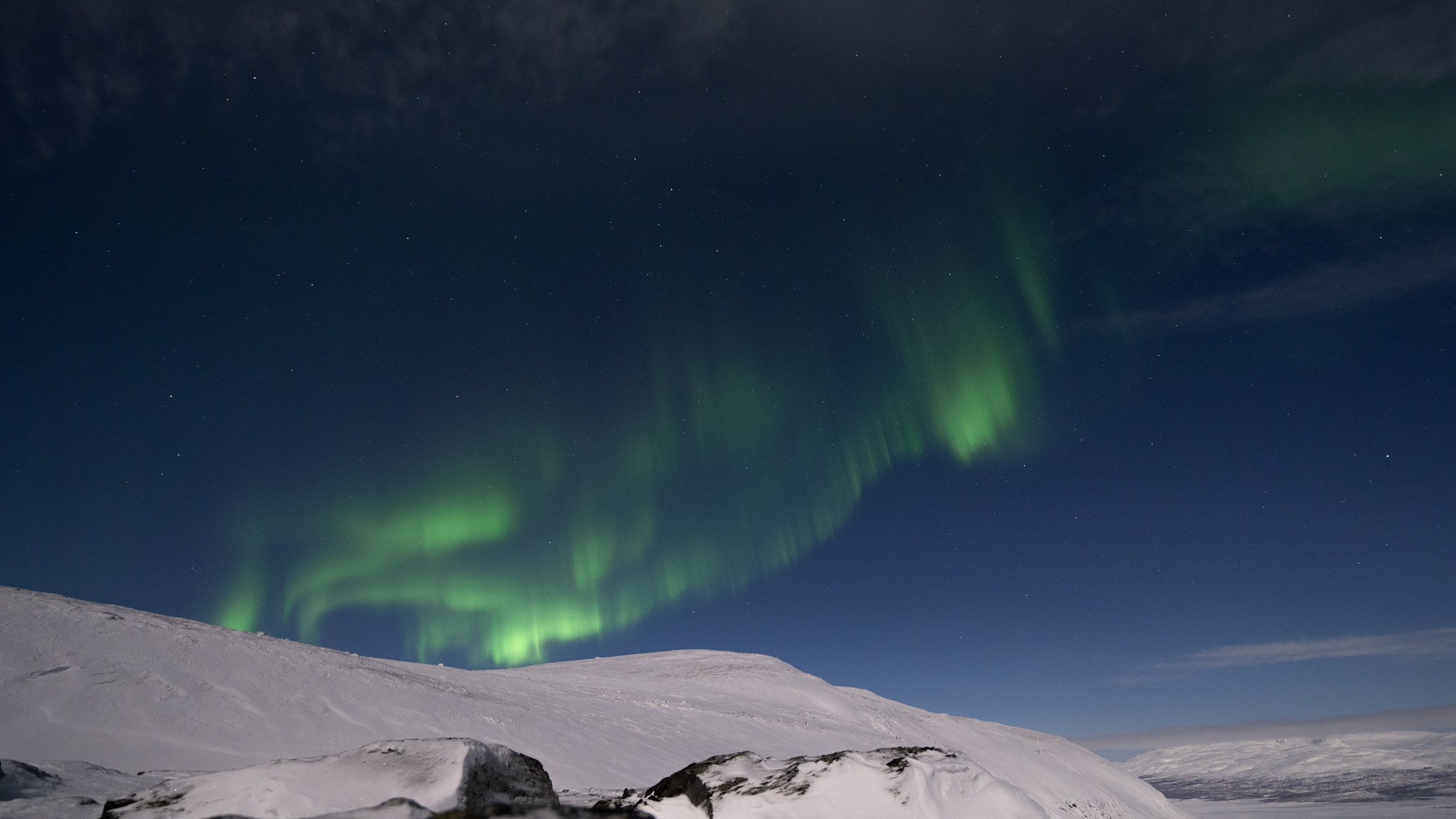
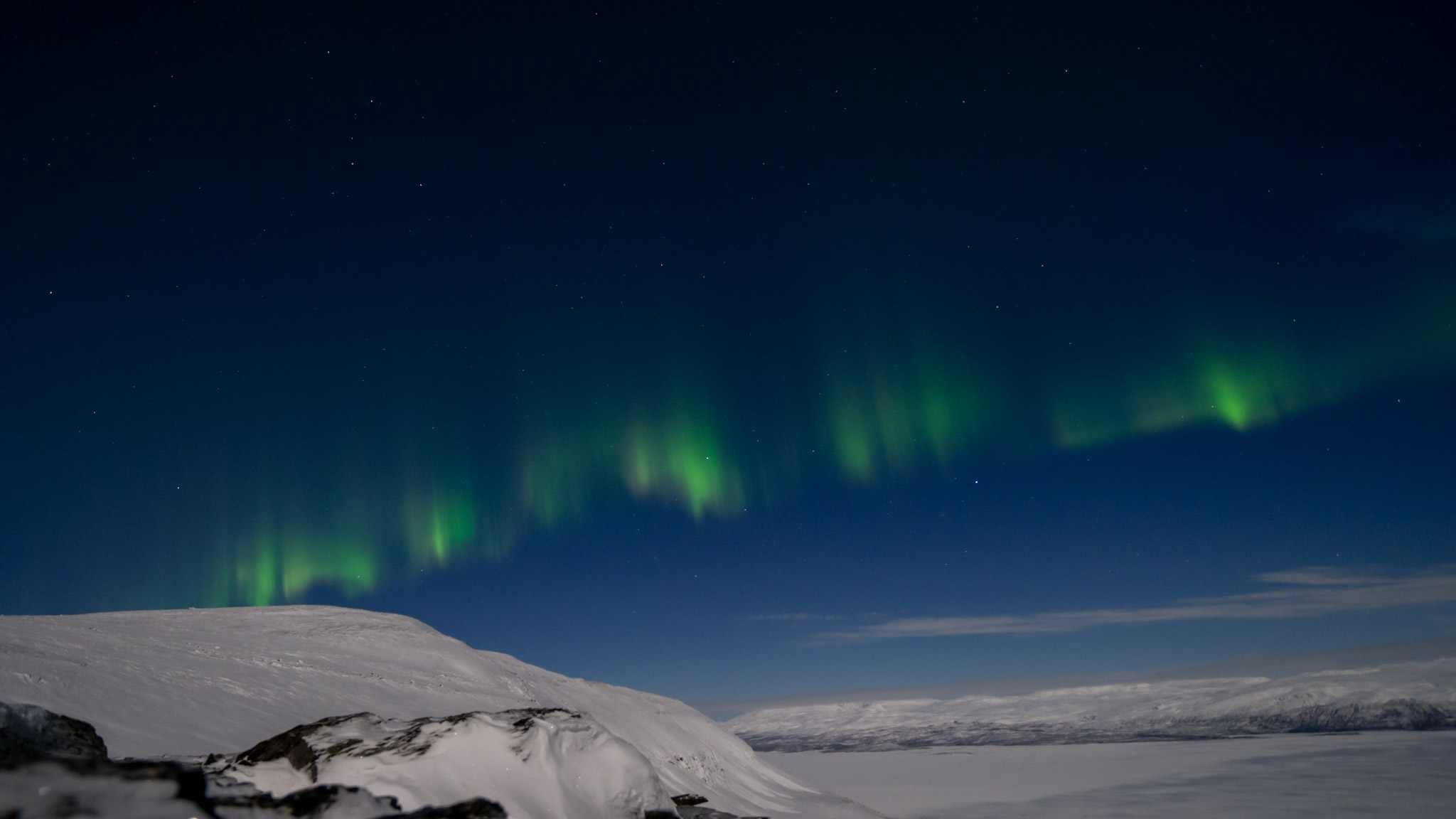
When waiting for the auroras to show up, the 3.2-inch LCD screen provided a great window to the night sky and often picked up the northern lights before my eyes had adjusted to spot them myself in the sky.
Get the Space.com Newsletter
Breaking space news, the latest updates on rocket launches, skywatching events and more!
I had three great nights of aurora hunting, each more spectacular than the last, and each time the Sony A7R V handled the tricky conditions well and gave me some beautifully composed photographs.
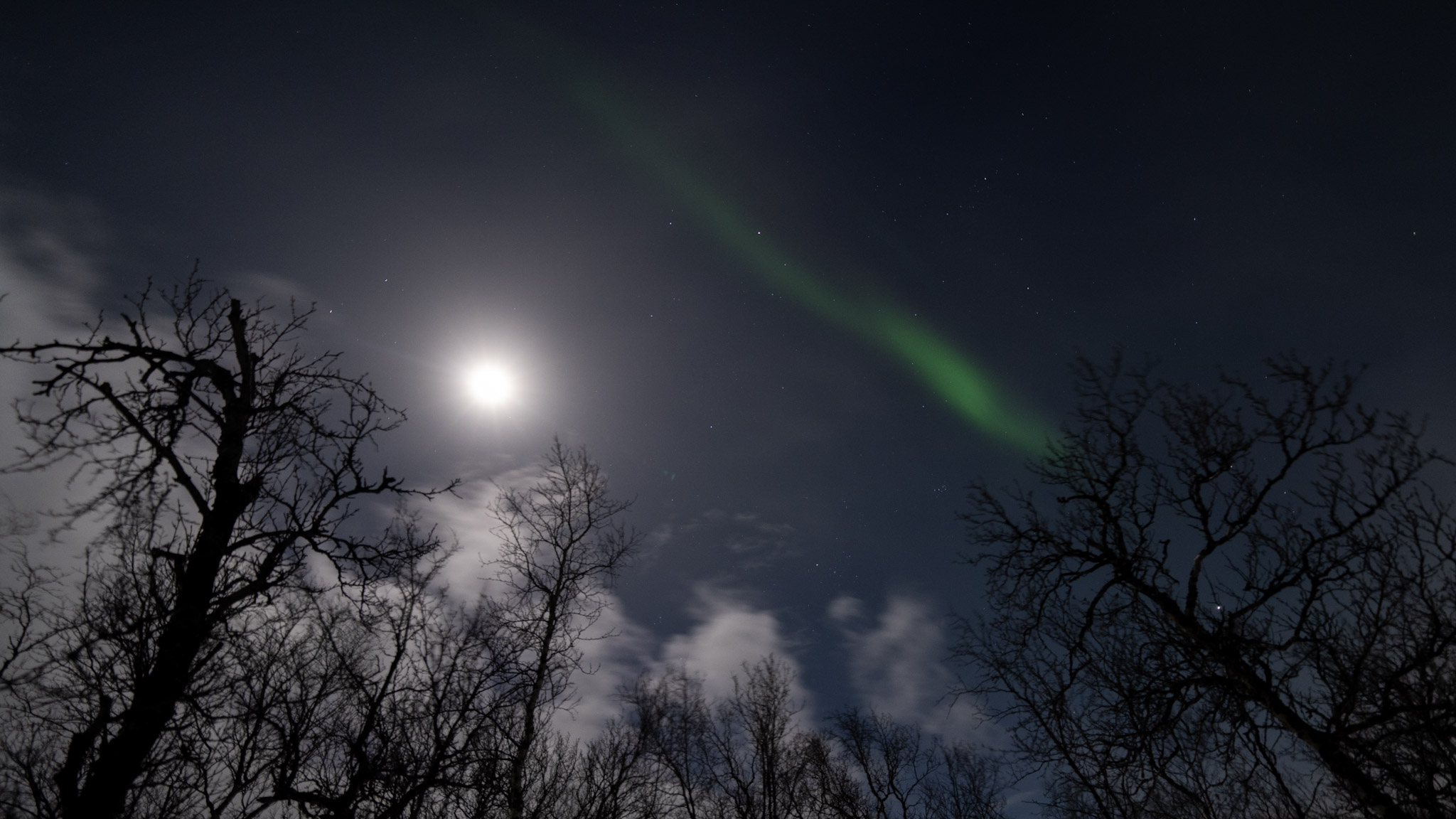
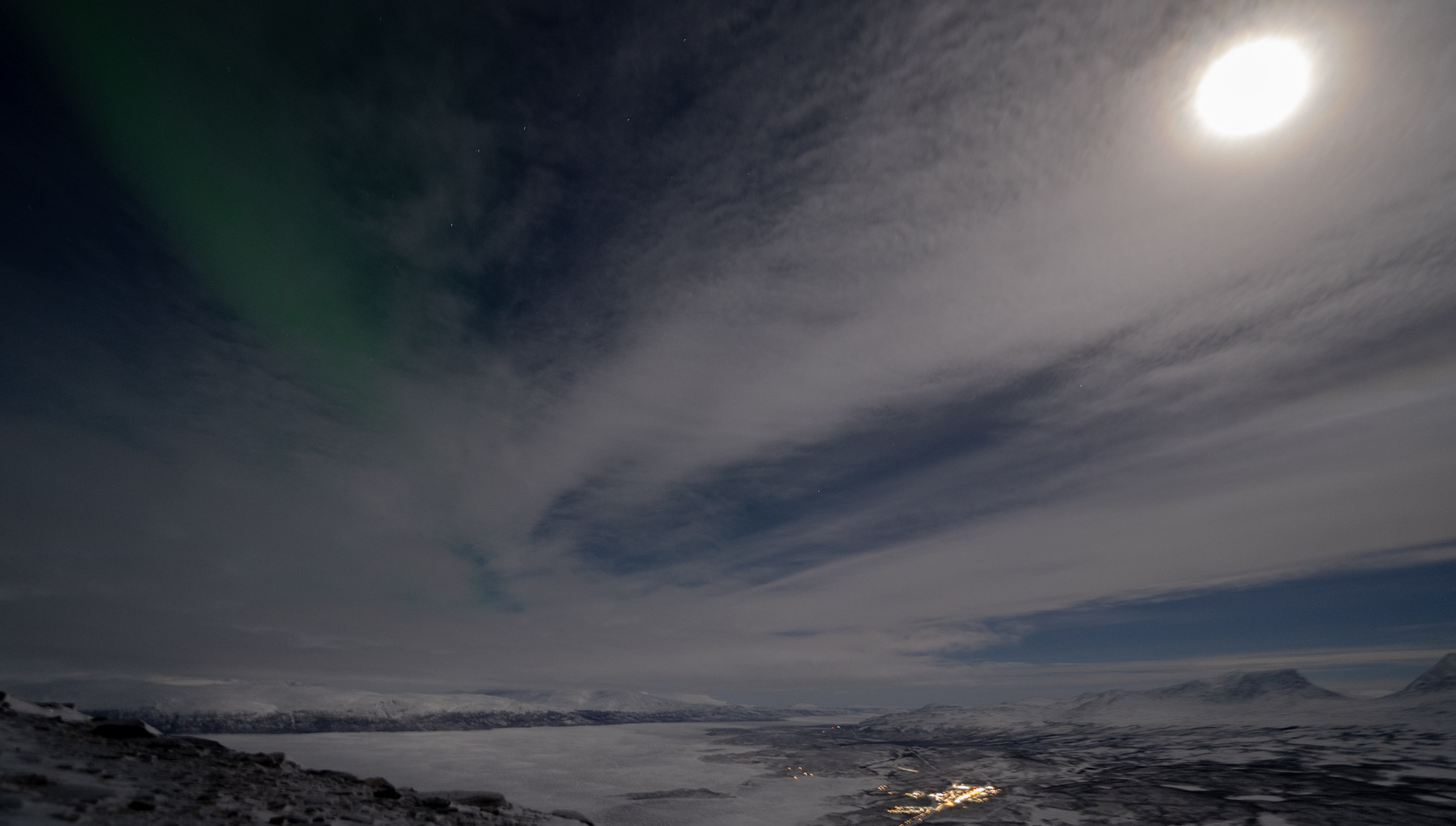
I was pleasantly surprised with the Sony A7R V's performance in low temperatures, the battery coped very well. For example, when I got back from 4 hours of photographing at 5 degrees Fahrenheit (-15 degrees C) the battery was on 71%.
The Sony A7R V also performed well during the challenging polar light conditions during the day which bathed the landscape in a blue hue.
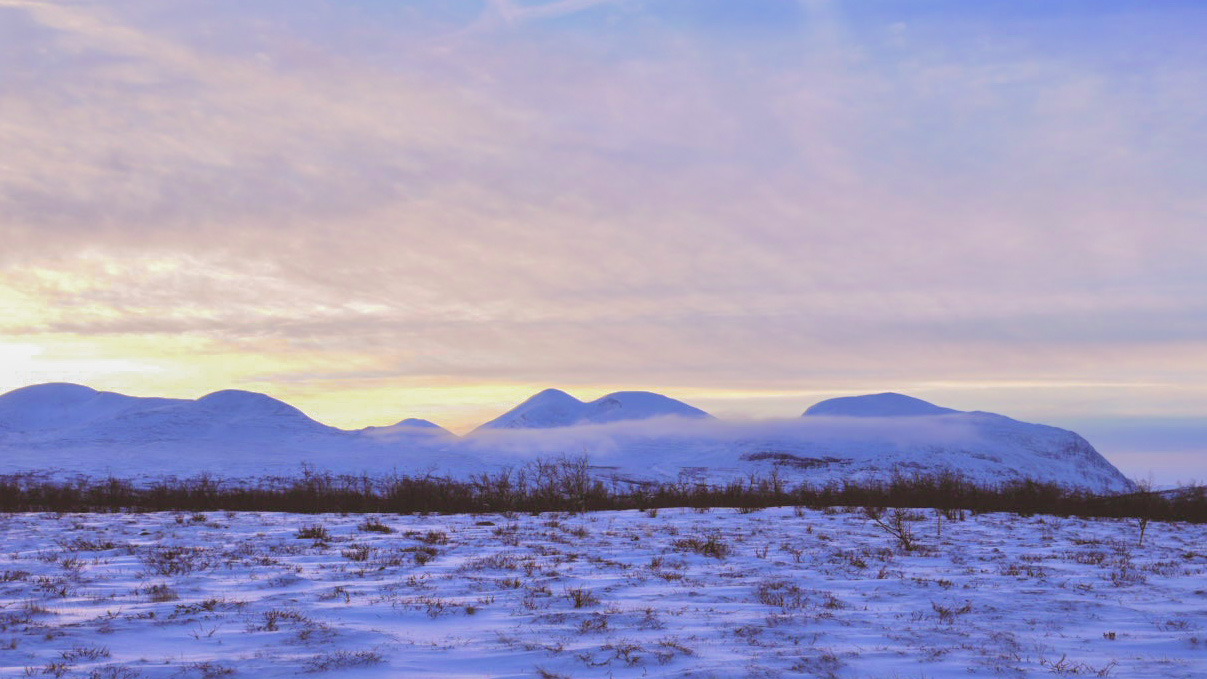
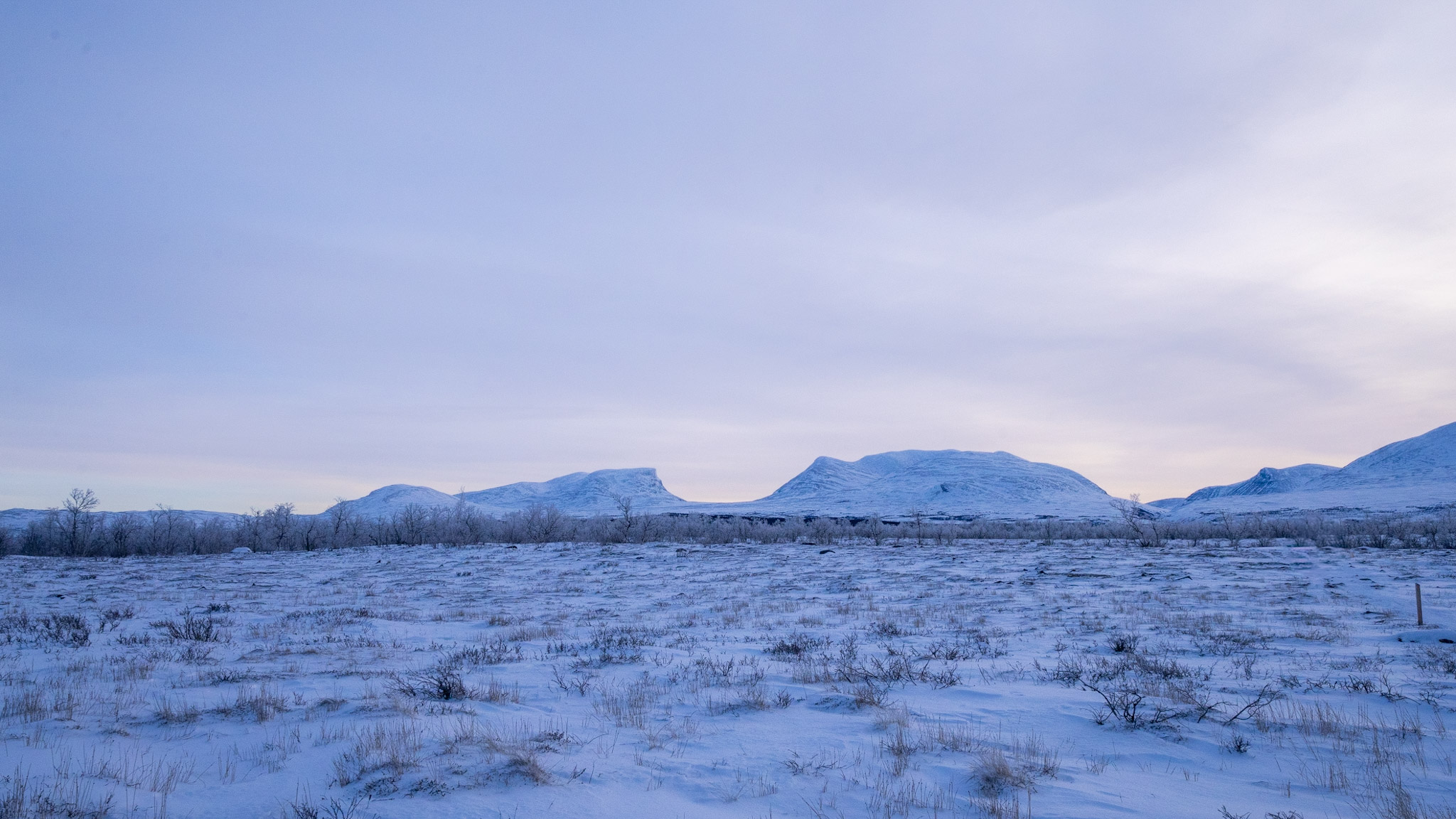
If you want to dive deeper into the functionality and performance of the Sony A7R V check out our detailed Sony A7R V review.
Join our Space Forums to keep talking space on the latest missions, night sky and more! And if you have a news tip, correction or comment, let us know at: community@space.com.

Daisy Dobrijevic joined Space.com in February 2022 having previously worked for our sister publication All About Space magazine as a staff writer. Before joining us, Daisy completed an editorial internship with the BBC Sky at Night Magazine and worked at the National Space Centre in Leicester, U.K., where she enjoyed communicating space science to the public. In 2021, Daisy completed a PhD in plant physiology and also holds a Master's in Environmental Science, she is currently based in Nottingham, U.K. Daisy is passionate about all things space, with a penchant for solar activity and space weather. She has a strong interest in astrotourism and loves nothing more than a good northern lights chase!









